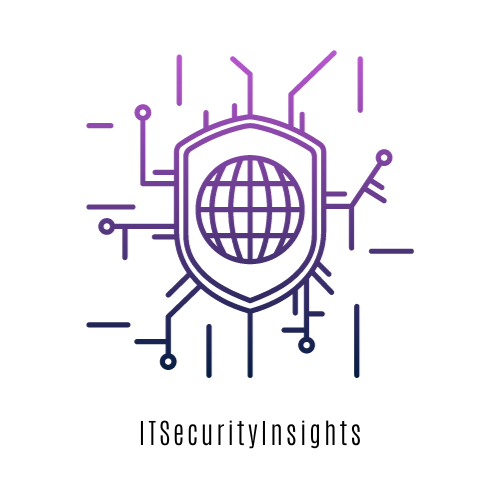Cybersecurity is a never-ending game of cat and mouse. For every new security measure, hackers find a way to break it. Now, artificial intelligence (AI) is changing the battlefield—but it’s a weapon wielded by both sides.
On one hand, AI is helping organizations detect threats faster than ever before. On the other, cybercriminals are using AI to launch more sophisticated and scalable attacks. The question is: who will win?
How AI Is Strengthening Cybersecurity
AI is a game-changer in defending against cyber threats. Unlike traditional security tools that rely on predefined rules, AI-driven security adapts, learns, and evolves in real time. Here’s how it’s helping defenders:
1. Threat Detection & Response
Security teams drown in alerts daily. AI-powered systems can analyze massive amounts of data and pinpoint real threats, reducing false positives and response times. Example: AI-driven SIEM (Security Information and Event Management) tools can detect unusual login behaviors and flag potential breaches before damage occurs.
2. Behavioral Analysis
Instead of just identifying known malware signatures, AI looks at behavior. If an employee suddenly downloads gigabytes of sensitive data or logs in from an unusual location, AI raises a red flag.
3. Automated Incident Response
AI doesn’t just detect attacks—it reacts. Some AI-driven security solutions can isolate compromised endpoints, reset credentials, or even shut down affected systems automatically to prevent further damage.
How Hackers Are Using AI Against You
Cybercriminals aren’t sitting idly by while AI improves cybersecurity. They’re weaponizing it to launch more effective attacks at scale.
1. AI-Powered Phishing Attacks
Forget poorly written, generic phishing emails. AI allows attackers to craft hyper-personalized emails that mimic legitimate messages with shocking accuracy. AI can even analyze social media profiles to make messages more convincing.
Example: An attacker uses AI to generate a fake email from your boss, asking you to transfer funds. The tone, grammar, and details are perfect—because AI studied your boss’s past emails.
2. Deepfake Scams
AI-generated deepfake audio and video make social engineering attacks far more convincing. Cybercriminals can now clone voices, making fraudulent requests sound completely legitimate.
Example: A UK-based company was tricked into wiring $243,000 after receiving a call from what sounded like their CEO—but was actually an AI-generated deepfake.
3. AI-Generated Malware
Traditional antivirus tools detect malware by matching known signatures. AI-driven malware mutates itself in real-timeto evade detection, making traditional defenses useless.
Example: Hackers use AI to create malware that changes its code every time it executes, avoiding signature-based detection entirely.


The Future: AI vs. AI
We are entering an era where AI will be fighting AI—automated security tools will battle against AI-driven cyberattacks. The key to staying ahead? Investing in AI-powered security before attackers outpace defenses.
How to Protect Yourself in an AI-Driven Threat Landscape
- AI-Powered Security Solutions – Implement AI-based threat detection tools that learn and adapt in real-time.
- Advanced Authentication – Use multi-factor authentication (MFA) and biometric verification to reduce the risk of AI-driven phishing attacks.
- Deepfake Awareness Training – Educate employees about deepfake scams and ensure all sensitive requests are verified through multiple channels.
- Zero Trust Security Model – Assume no one can be trusted by default, even within the network. Constantly verify access and monitor for anomalies.
Final Thoughts
AI is reshaping cybersecurity in ways we never imagined. Whether it becomes our greatest shield or the ultimate hacking tool depends on how organizations adapt. One thing is clear: the fight between AI-powered security and AI-driven attacks is just beginning.
The only question is—are you prepared?


